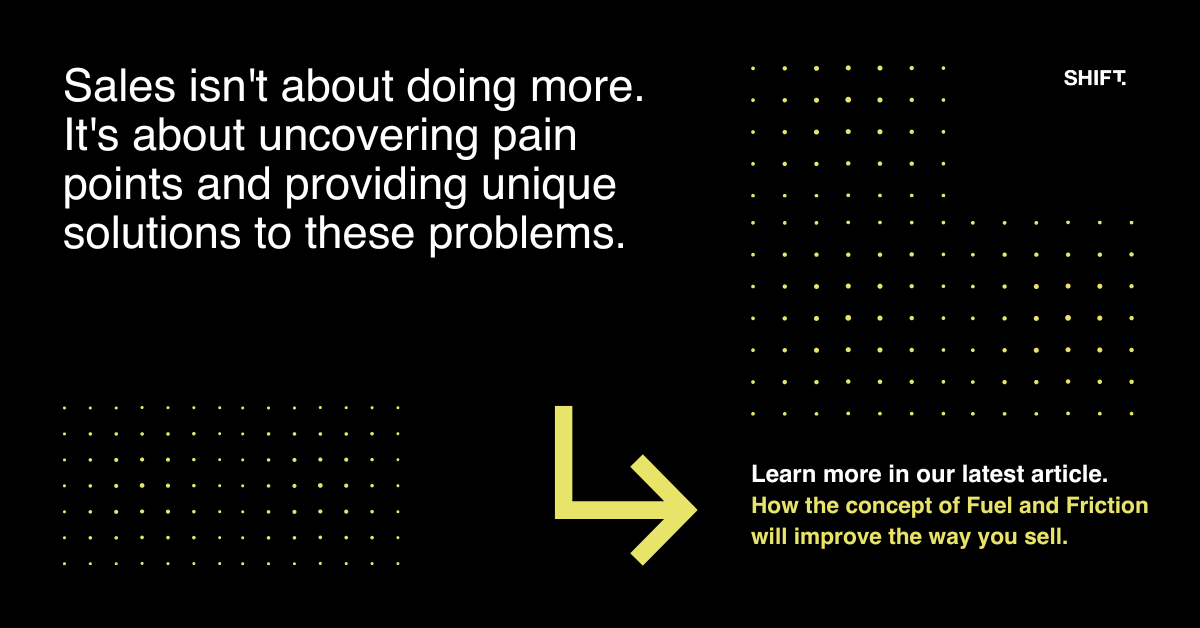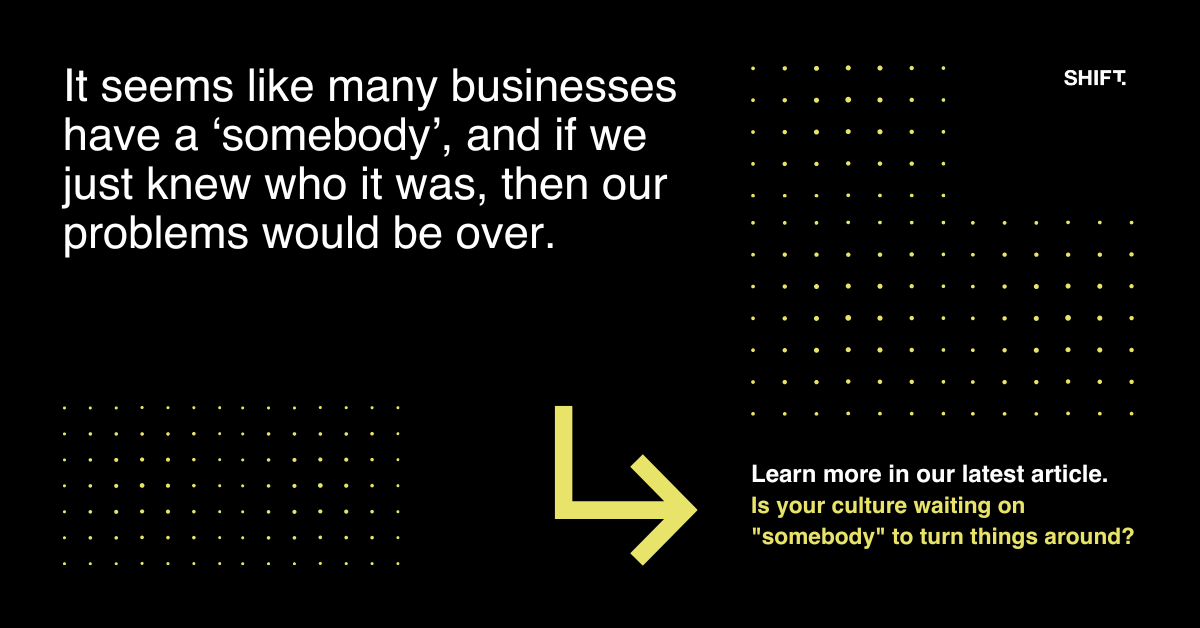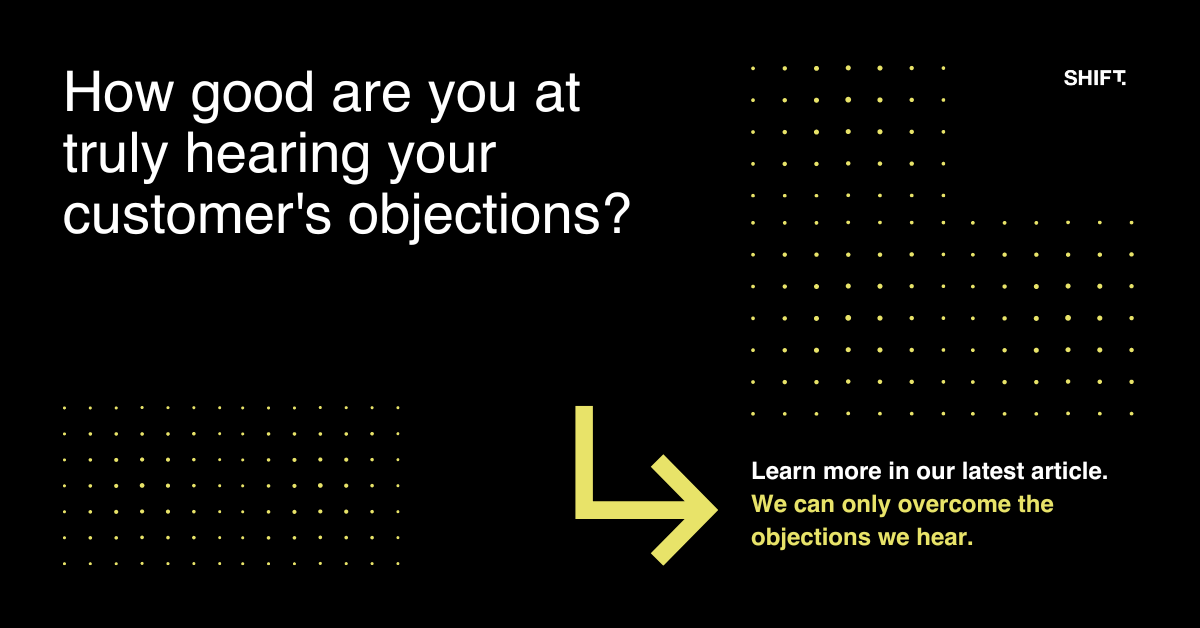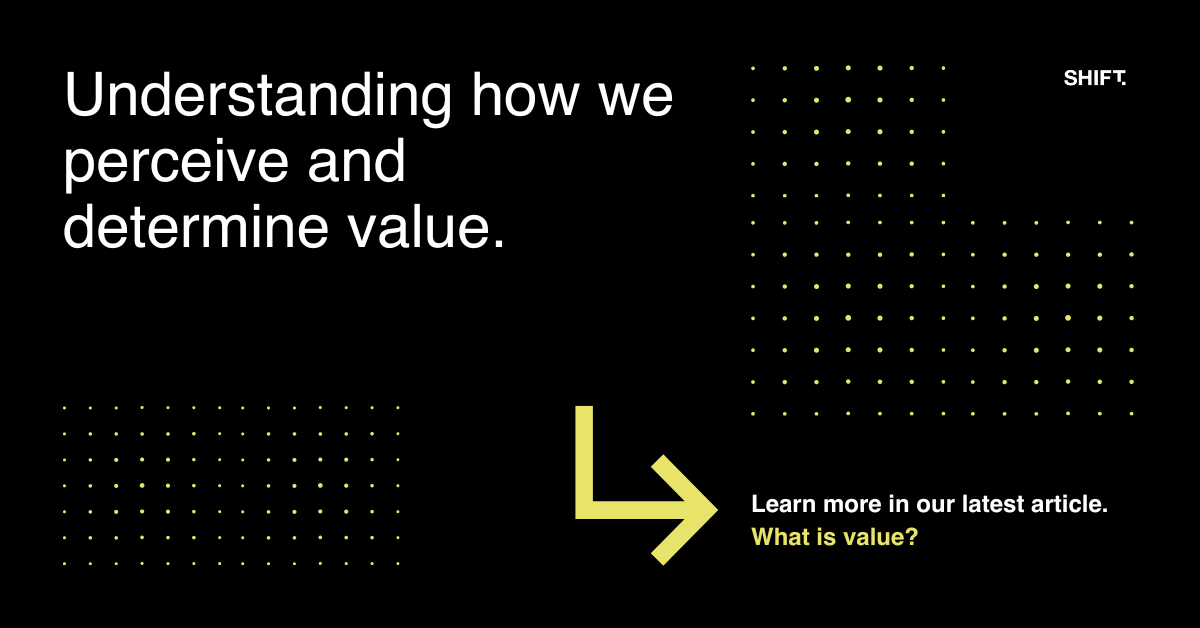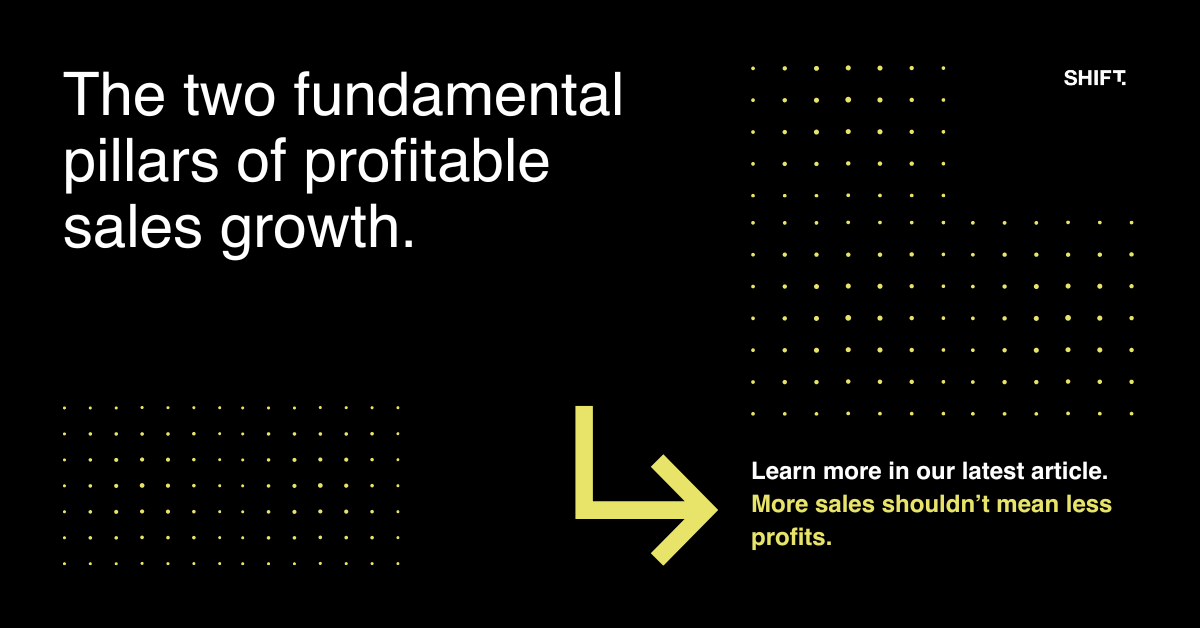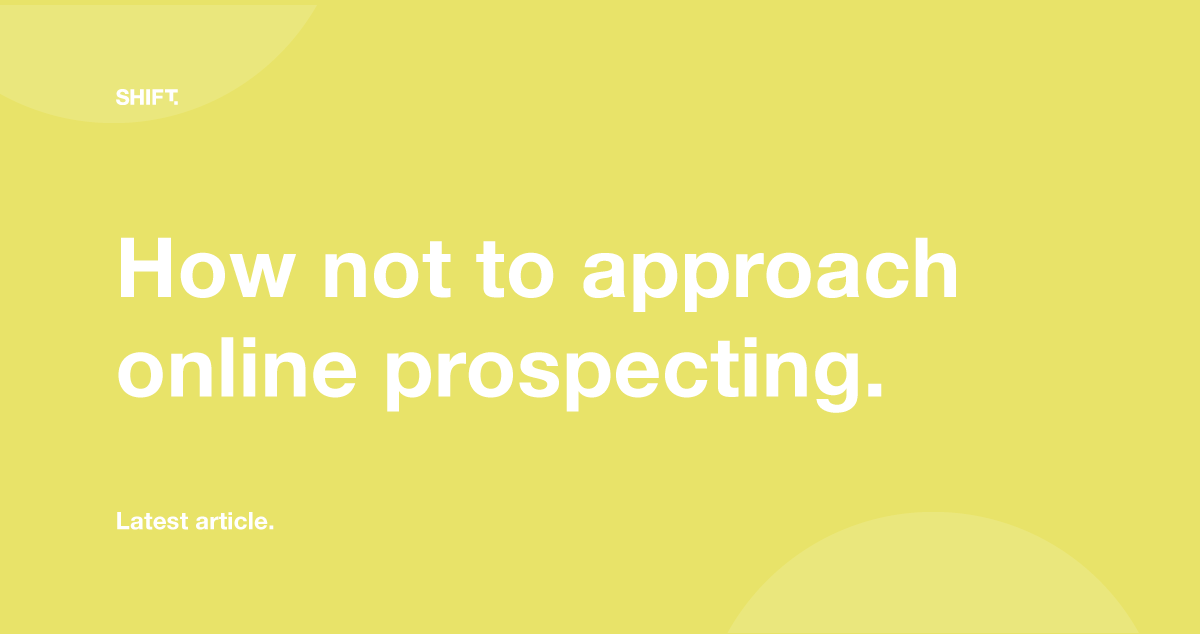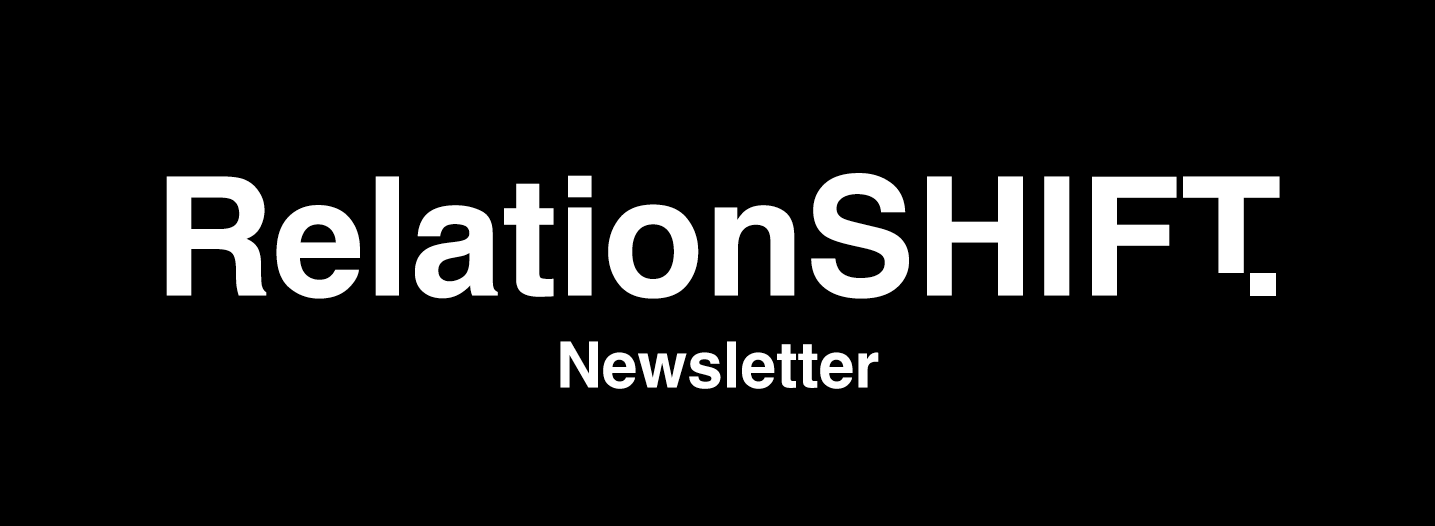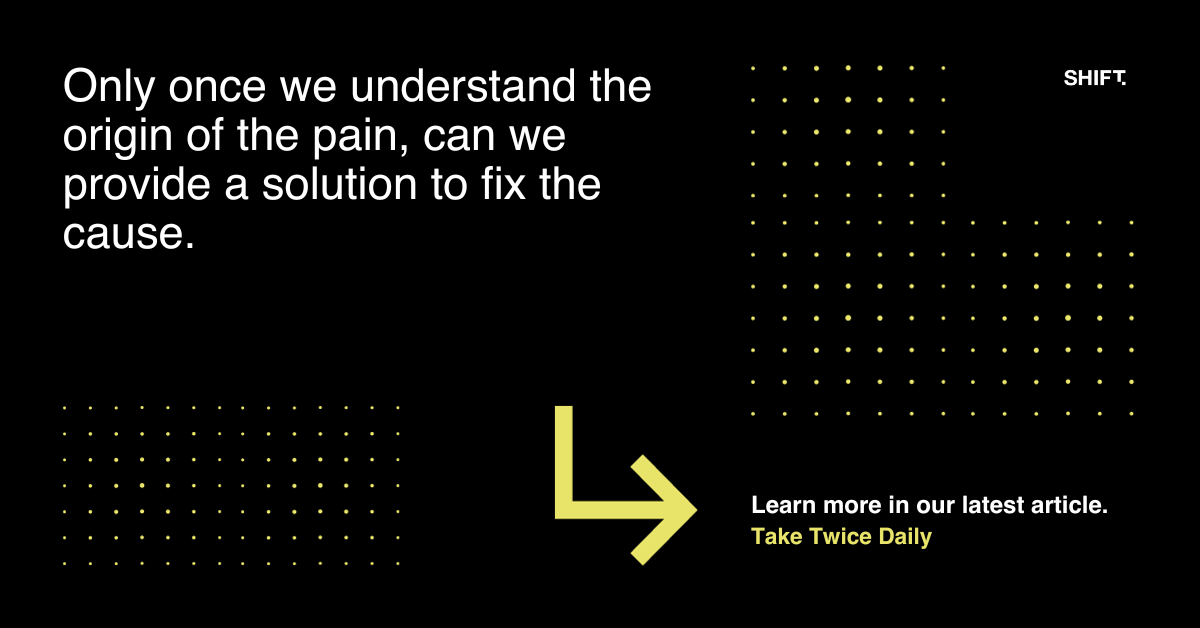Listen to the audio version by clicking >> here.
I have noticed recently a similarity to some of the invitations to connect with people on LinkedIn.
They start with something like, “I came across your profile recently. It got me interested and it seems we may have some things in common. I would like to connect with you and perhaps explore further your experience, I think we could learn from each other...”.
As soon as I’ve connected, within 24 hours another message comes through saying it is great to connect. They then go on to try and solicit me into buying their product or service, and finish by asking to make a time to catch up. This is generally followed by more messages, asking if I had read the first message and could we catch up.
There are similarities in these tactics that have been developed straight off the back of the call centre playbook...playing the numbers approach: contact as many leads with something that looks like a genuine connection approach and then hassle them to buy.
It is a hustle, a non-genuine, inauthentic, pseudo-empathetic approach to make a sale. I am not sure of their success rate and can only assume a very small % actually respond. When the services or products they are trying to sell you have no real relevance to your business and what you do, you know they have not bothered to take the time to know who you are and what you do before trying to connect.
Regardless of the medium by which we use to connect and communicate, we first have to build trust. We have to find our smallest viable audience and win their hearts and minds. It is about developing rapport with your potential customer over time, getting to know their business and how your product or service will help solve a problem and take away existing or potential pain in their business. Find this out and you can move forward in the process. It is not easy and yet when you find an opportunity this way, it feels purposeful and meaningful. If they then like what you do and what you believe, chances are they will refer you to someone else. This is the power of social media.
For those who are trying to overtly exploit the networking effect of LinkedIn, I suggest you rethink your selling strategy. For those that might be teaching people this ‘hustle’ approach, well, shame on you.
So, ask yourself:
Why would potential customers want to buy my product or service?
What are the problems I am solving for existing customers?
How would the customers’ world be different by them buying my product or service?
These are the stories you should share to build trust and allow you to engage further with potential customers in a purposeful way.
It is all about the customer, not you.
Andrew Nisbet
